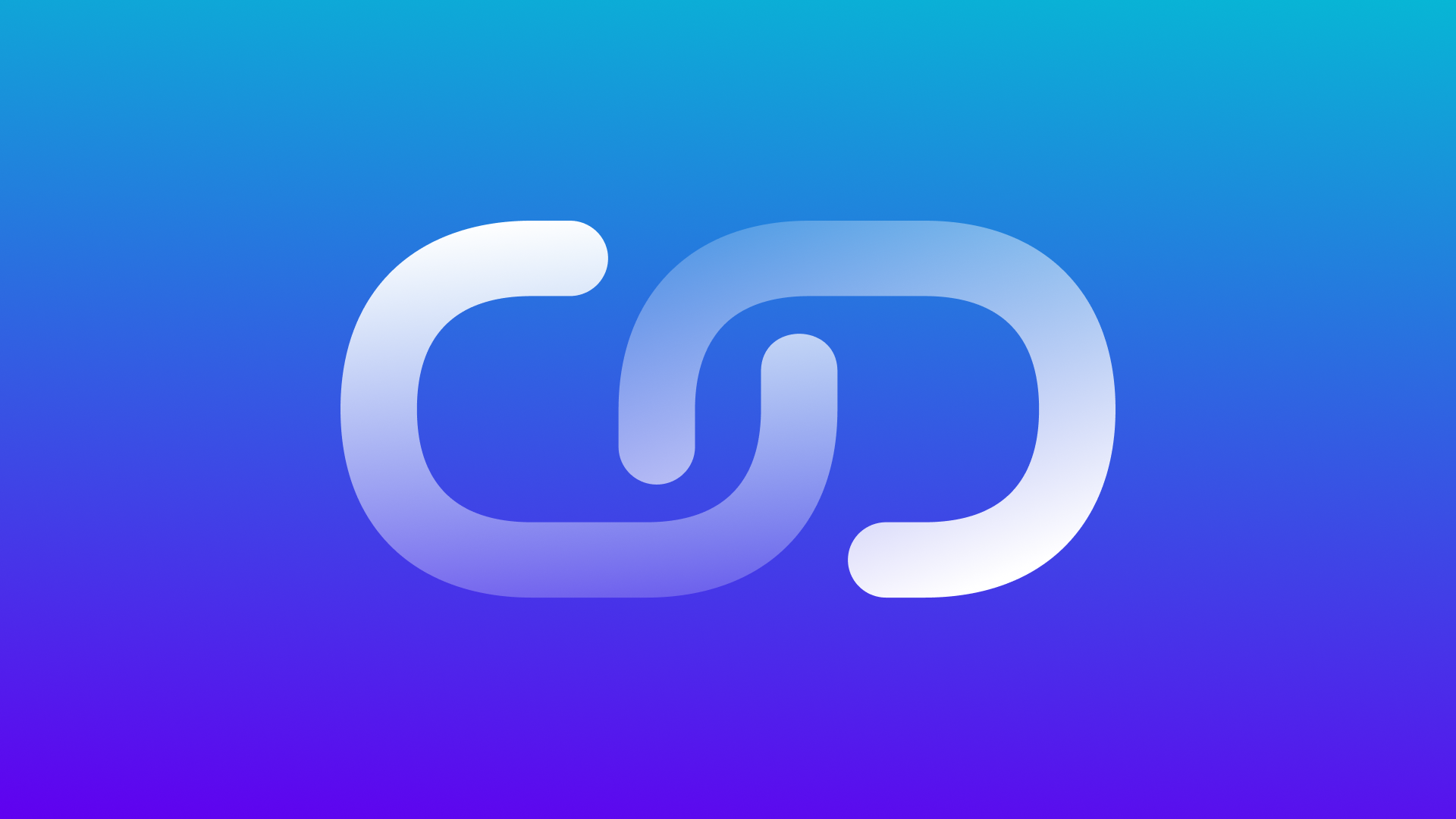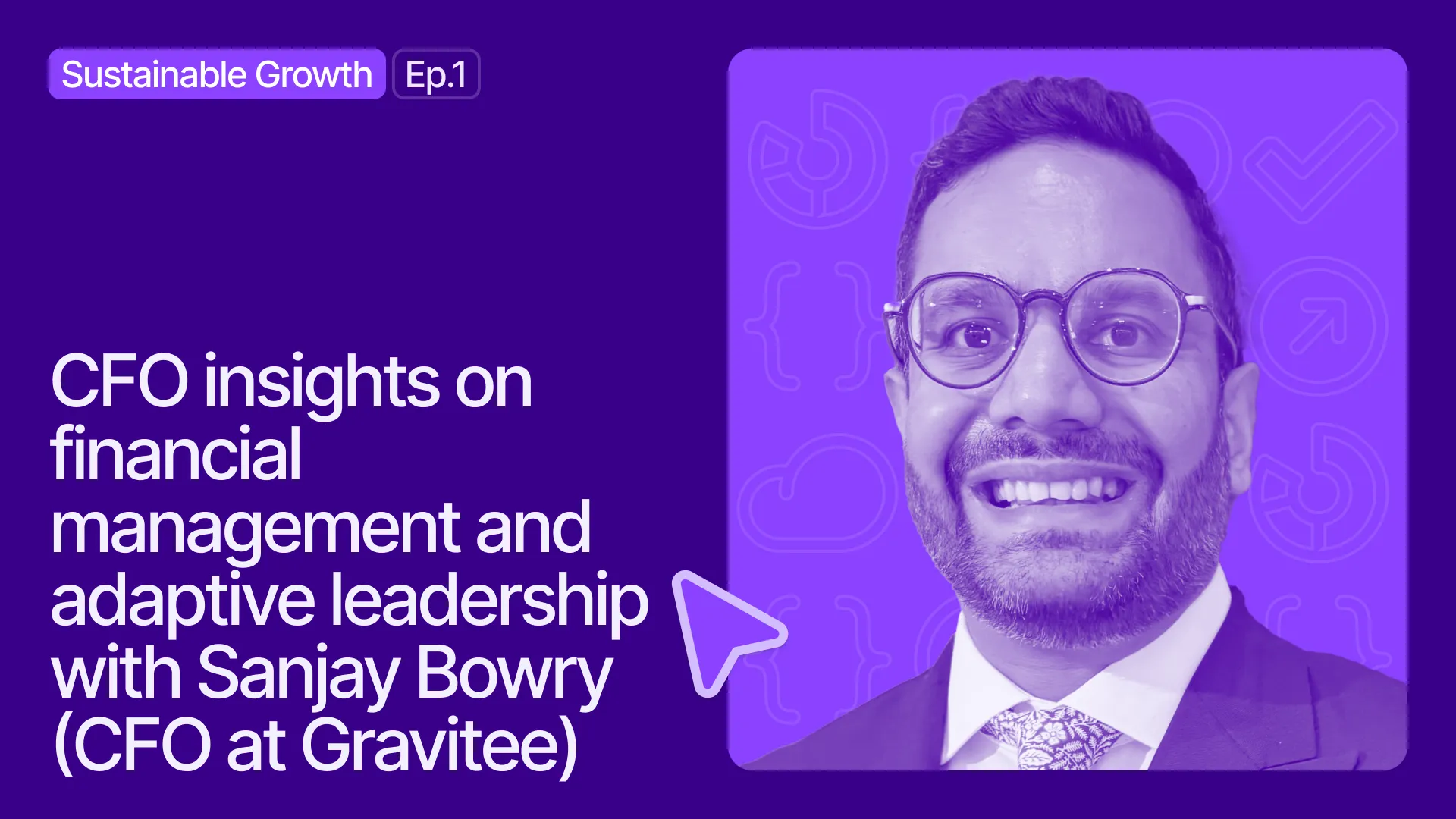How to future-proof your business with SaaS cost reduction

Take a self-guided tour of the platform.
See why Vertice is trusted by top procurement leaders.
With companies across all industries continuing to embed software applications into their day-to-day operations, global SaaS spending is showing no signs of slowing down. In 2021 alone, worldwide expenditure on SaaS grew by 18.4%, rising from $257.5 billion in 2020 to $304.9 billion a year later, according to a report by Gartner.And is it any surprise given that the average company now uses 110 SaaS tools? A number that is only set to increase.But with the cost of many tools increasing year-after-year — at a rate that is four times higher than the market inflation rate — along with the looming threat of a global recession, it's crucial that organizations are looking at ways to future-proof their operations.This starts with SaaS cost reduction.In this article, we'll explain exactly what we mean by SaaS cost reduction, address the factors contributing to soaring SaaS spend and outline the steps you can take to keep your software costs to a minimum.,
Why are companies spending more on SaaS?
While there are a number of reasons your SaaS spend might be on the rise, the common causes contributing to it include:
1. Lack of pricing visibility
With as many as 55% of software vendors choosing to obscure their costs, it can make the purchasing process a genuine challenge. Without any frame of reference on pricing — an issue that is particularly prevalent in sectors such as sales software — you are unable to easily compare costs and are left to either rely on fragmented information found on forums, or enter into sales negotiations with various providers.But with this lack of pricing transparency also comes the potential to overpay, with some vendors using it as an opportunity to charge certain customers more than others. In fact, according to our own research, as many as 90% of SaaS buyers are overpaying by as much as 20-30%.
2. SaaS pricing inflation
Our own research indicates that SaaS pricing inflation is rapidly outpacing the market inflation average, at a rate of around four to one. While the average amount that is being spent on SaaS has increased by 14.4% annually since 2018, only around 5% is due to factors such as the need for additional licenses or functionality, meaning that the remaining 9% is a result of vendors simply charging more.
3. Software sprawl
Another reason why companies are spending more on their software is because of SaaS sprawl — something that occurs when a company's tech stack consists of a large and unmanageable number of software applications.As organizations grow, so does the need for additional software. The problem, however, is that many of these tools are purchased unbeknownst to the finance, IT or procurement teams, leading to a whole host of problems, including wasted spend., , , ,
What is SaaS cost reduction and how can it help future-proof your business?
In short, SaaS cost reduction is the ongoing process of reducing the amount being spent on software.In the face of economic uncertainty, company shareholders are putting more pressure on businesses than ever before to reduce their operating costs and increase turnover. But while SaaS tools can help to boost profits through streamlining and automating a range of business operations, they also come at a cost. SaaS spend optimization offers a solution to this conundrum.Here are some of the benefits:
Frees up funds for reinvestment
When a business reduces its software costs, it frees up cashflow and therefore funds that can be used to bolster other strategic investments, such as in training. After all, your software subscriptions can only provide positive ROI when they are well-implemented and utilized to their full effect by a competent workforce.
Encourages best-practice SaaS management
SaaS reliance among businesses of all sizes is continuing to increase — and according to the Flexera 2022 State of the Cloud Report, usage optimization is the top cloud priority for businesses. SaaS cost reduction can help your organization get ahead of the software management game and utilize best practices such as procurement standardization. This way, you can maximize the efficiency of your SaaS usage and achieve greater ROI.,
How to reduce your SaaS costs
If your business is in need of some strategic cost reduction, there are a number of steps that we advise. Here, we’ll provide you with a brief overview of the processes that could reduce and future-proof your software spend. For deeper insight into the steps that you can take, we also recommend reading the dedicated InsideSaaS articles that we’ve written about each of these practices.
1. Software application rationalization
Application rationalization is the instrumental first step that businesses can take to reduce SaaS costs and prevent future inflation from draining their IT budget. This involves gaining visibility on the entire software portfolio in use at the organization, illuminating any shadow IT, and making decisions about whether to terminate, consolidate, or retain existing software licenses.Crucially, rationalization enables you to eliminate any tools that are limiting your prospective ROI and mitigate any future effects of software sprawl.
2. Standardize your procurement and renewal processes
Once you’ve gained visibility into your company’s SaaS usage and rationalized for a leaner, more efficient software stack, you should work to standardize future procurement. Each application that you consider adding to your operations should be sufficiently vetted for its compliance, contract terms, and prospective ROI to ensure it’s the best fit for your business.All tools past, present and prospective should also be documented and centrally governed within your organization. This is so that you can prevent maverick spending and fragmentation between different departments — minimizing inefficiencies and ensuring that sprawl doesn’t ever take a hold of your IT.
3. Negotiate software contracts
If it isn’t already, software negotiation needs to be a part of any future SaaS procurement.Why?Because the price that software vendors list or quote you isn’t necessarily the price that you have to pay. Generally speaking, there are a range of contract terms beyond just the price that can be negotiated to secure the best deal for your organization. These include contract length, protection against price uplifts, and auto-renewal clauses.In order to negotiate with maximum leverage, we recommend that you begin the process well in advance of your renewal date, typically at least 90 days prior. This is so you don’t back yourself into the corner of needing a fast turnaround and an easy sale. We also recommend using competitor pricing benchmarks as a lever so that you can secure a competitive price point with your chosen vendor and minimize future costs.,
How Vertice can help you future-proof your business
Lack of pricing visibility, increasing SaaS inflation rates and software sprawl are each contributing to soaring SaaS spend.The problem is, the rate at which this area of spending is increasing is simply unsustainable for many modern organizations. Particularly given the current economic climate.At Vertice, we can help you tackle this challenge.With access to the pricing benchmarks and discounting data for more than 13,000 SaaS vendors worldwide, we can help you gain the insights and therefore the leverage you need to secure the best possible deal on any software contract.In fact, we not only take the burden of buying, managing and renewing SaaS off your hands, but we also guarantee you savings of at least 20% on your current annual SaaS spend.Find out more about how we work and our risk-free pricing model, or alternatively see for yourself how much we could save you with our free cost savings analysis tool.,

, , , , , , , , , , , , , , , , , , , , , , , , , , , , , , , , , , , , , , ,
.webp)


.png)
.png)

.webp)